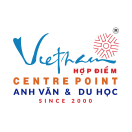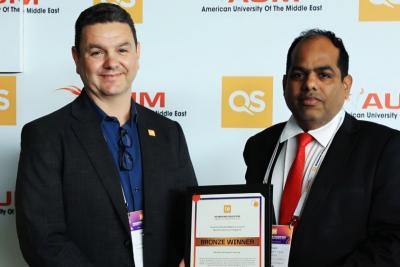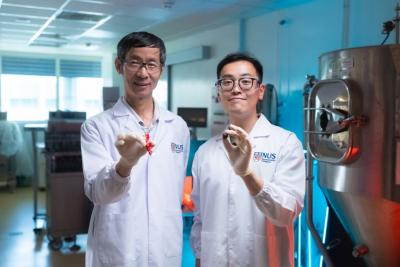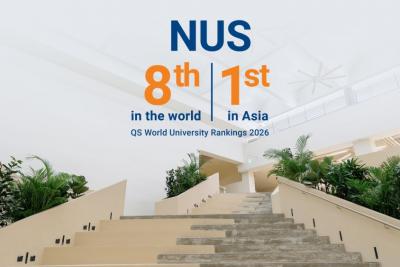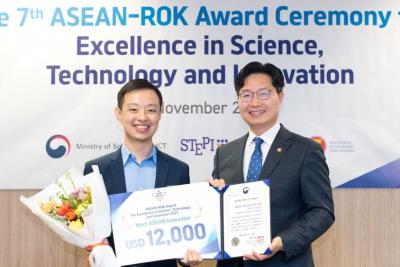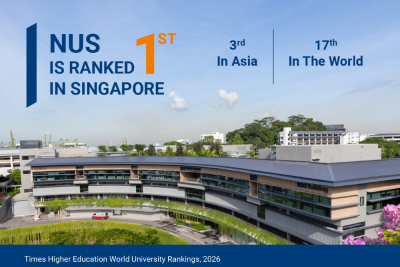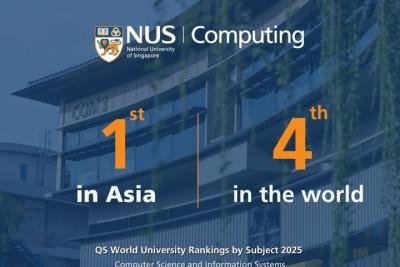Các nhà nghiên cứu của NUS phát minh ra thiết bị siêu mỏng tự sạc, tạo ra điện từ hơi ẩm không khí
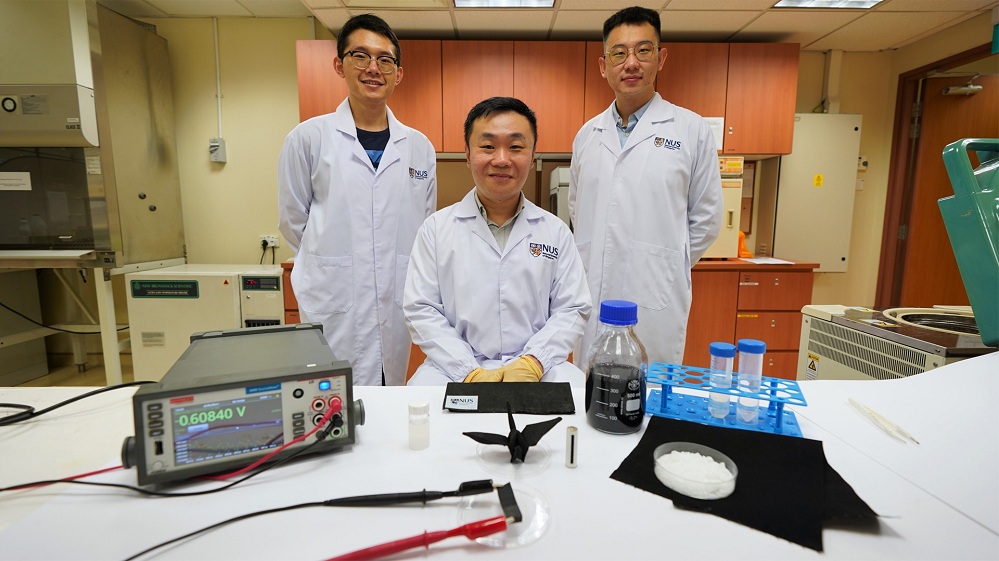
NUS' Asst Prof Tan Swee Ching (centre), together with Dr Zhang Yaoxin (left) and Mr Qu Hao (right), developed a self-charging fabric that generates electricity from air moisture.
Using sea salt as an eco-friendly moisture absorbent, this rechargeable fabric-like ‘battery’ provides higher electrical output than a conventional AA battery – potentially powering everyday electronics.
Imagine being able to generate electricity by harnessing moisture in the air around you with just everyday items like sea salt and a piece of fabric, or even powering everyday electronics with a non-toxic battery that is as thin as paper. A team of researchers from the National University of Singapore’s (NUS) College of Design and Engineering (CDE) has developed a new moisture-driven electricity generation (MEG) device made of a thin layer of fabric - about 0.3 millimetres (mm) in thickness - sea salt, carbon ink, and a special water-absorbing gel.
The concept of MEG devices is built upon the ability of different materials to generate electricity from the interaction with moisture in the air. This area has been receiving growing interest due to its potential for a wide range of real-world applications, including self-powered devices such as wearable electronics like health monitors, electronic skin sensors, and information storage devices.

